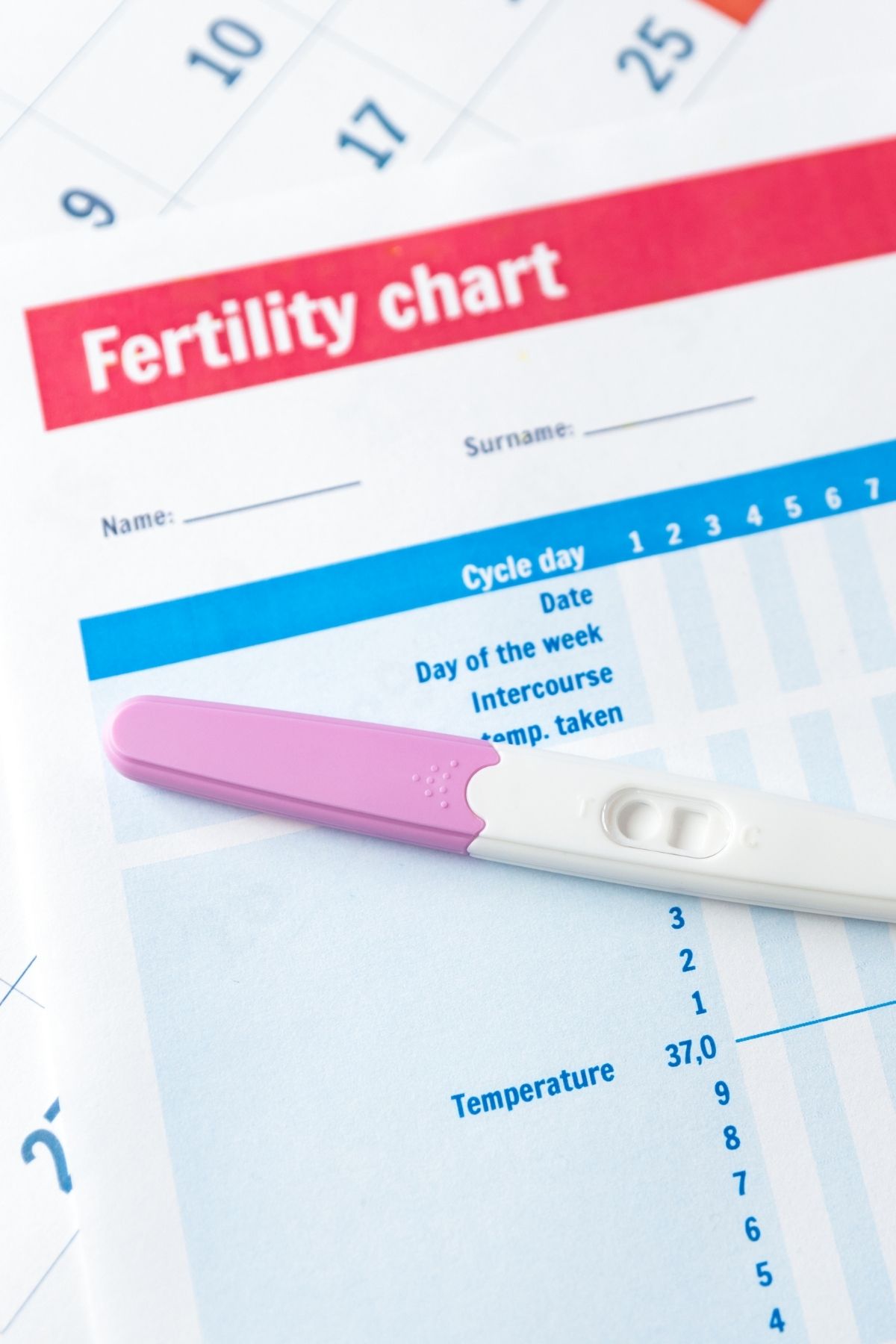Contrary to popular belief, it is possible to become pregnant even if there is no temperature rise following ovulation. Many women who are trying to conceive track their basal body temperature (BBT) in order to monitor their fertility. BBT is the temperature of your body at rest, and typically increases after ovulation. However, some women are able to become pregnant without a detectable temperature rise. In this blog post, we will discuss why this is possible and how you can still become pregnant without a temperature rise after ovulation. We will also explore the potential causes of such an occurrence. By the end of this post, you will have a better understanding of how to navigate the unique fertility challenges presented by a lack of a temperature rise after ovulation, and the potential causes of this phenomenon.
It’s harder than you think to track basal body temperature accurately.
In addition to ovulation, a variety of other factors affect basal body temperature, such as:
Basal body temperature doesn’t always rise the day after ovulation.
Contrary to popular belief, basal body temperature doesn’t always rise immediately after you ovulate. According to a study that compared BBT readings with ultrasound—the gold standard in confirming ovulation—only 11 percent of women have a basal body temperature rise within one day of ovulation. For many of the women in the study, basal body temperature did not rise until more than two days after ovulation.
This practically means that 89% of women who use basal body temperature to determine the ovulation day are doing so incorrectly. If you time sexual activity based on basal body temperature, you run the risk of missing or overshooting your fertile window by a few days, which will lower your chance of becoming pregnant.
How long after ovulation does BBT rise?

It can take as many as 3 days after ovulation to experience a temperature shift, but, this usually occurs within 12 to 14 hours. This is why BBT should not be solely relied upon to determine the start of ovulation. You might just miss your fertility window if your egg has already been released.
NOTE: Fertility is highest the 2 days prior to and on the day of ovulation. Keep in mind, eggs only survive for 24 hours, but sperm can live for 5 days. Experts recommend intercourse every other day starting 2-4 days prior to the anticipated day of ovulation.
The temperature increase following ovulation is very slight and cannot be detected by a conventional thermometer. You must purchase a unique basal thermometer from the pharmacy. Instead of the usual 2-tenths, these thermometers measure temperature changes in 1-tenth of a degree increments.
Here’s how to get the most accurate readings:
When deciding on a basal thermometer, keep in mind, electric thermometers are easier to use, typically signal when peak temperature is reached, and can store information for future reference.
One of the easiest ways to track your cycle, predict ovulation days, and record your BBT is with an Ava bracelet.

You must monitor your cycles for at least a few months to fully benefit from BBT temperature readings. This will enable you to spot patterns that indicate the ovulation period. To minimize error, it is best to use online calendars and charts or free mobile applications. These programs can also send out automatic alerts that show when ovulation probably took place.
You should begin charting on the first day of your period for the best results. Continue every morning throughout the entire cycle. Although there may be localized variations in temperature, a general picture should start to take shape. Your average temperature should be lower than it is following ovulation.
Ovulation most likely took place the day before the first high temperature when you observe at least three consecutive days with above-average temperatures.
NOTE: Some women may see a gradual rise in temperature vs a quick spike. This doesn’t necessarily affect your chances of getting pregnant. But, take note if temperatures are low through the entire luteal phase, or if the luteal phase is less than 10 days. This could signal signs of low progesterone and may indicate a fertility problem.
FAQ
Can you be pregnant if your BBT doesn’t rise?
What happens if temperature doesn’t rise after ovulation?
How many days after ovulation does temperature rise if pregnant?
Does temperature drop after ovulation if pregnant?
